Quick Summary: The mobile app development industry’s future is brighter. Apps are no longer confined to simple purposes such as ordering food or leaving reviews. Apps may also control your household appliances, check your health, and call for help if you’re in danger. These are the latest trends in mobile app development, which we’ll go over in more detail later.
The mobile app development market is changing at a breakneck pace due to the digital environment we are all living in. Because consumers are increasingly interested in making purchases on mobile devices, several businesses have decided to develop their solutions as per Mobile App development trends solutions to stand out in this competitive market.
Smartphones have altered our lives more than communication. Since then, mobile phones have become an inseparable part of our lives. There are already 6 billion smartphone subscriptions worldwide, with this figure likely to increase by several hundred million in the coming years. As a result, revenue from the app development industry has shot through the roof.
Statista- mobile app revenue is estimated to reach $693 billion in 2021, with a growth of more than $935 billion by 2023.
That’s why companies are always searching for potential mobile app trends to incorporate into their next big project.
Here are 17 mobile development trends that will revolutionize the mobile app development industry in 2025.
1.Machine Learning & Artificial Intelligence
Artificial intelligence goes well beyond virtual assistants, chatbots, and AI-based photo effects on smartphones. The active involvement of user predictions, voice translation, and other features plays a more active role. Many organizations realize the value of AI because it enables them to offer good services while reducing operational costs in various ways.
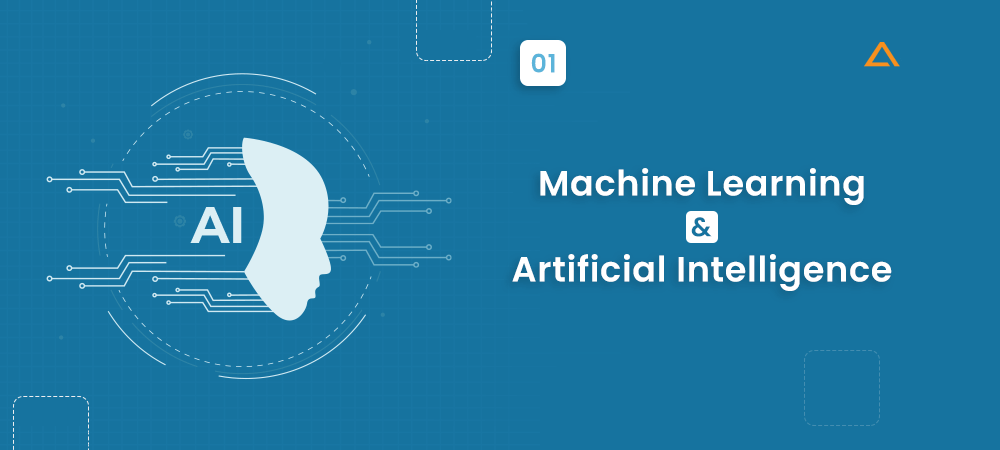
The global ML industry, growing at a CAGR of 42%, will be worth almost $9 billion in the latter part of 2023. ~ Machine Learning in 2019
The following are some examples of AI features that can include in a mobile app:
- Image recognition
- Face recognition
- Text and image classification
- Sentiment recognition and classification
- Speech recognition
- Predictive maintenance
- App authentication for cyber- and IoT Security
2. Application Security
Our lives are more reliant on smartphones than ever before in this era. People worldwide download apps that have access to personal information such as names, financial information, and personal data. In 2025, we must prioritize application security as mobile apps have become an integral part of our daily lives.

Listing the mobile development trends 2025 without App security is not fulfilled. In 2020, Kaspersky mobile products were detected.
- 5,683,694 malicious installation packages,
- 156,710 new mobile banking Trojans,
- 20,708 new mobile ransomware Trojans.
The number of mobile applications accountable for critical concerns will grow over time.
Gartner– over $124 billion will be spent on information security this year, an increase of 8.7% over the previous year’s worldwide security budget.
3. M-commerce
During the COVID-19 pandemic, you must have realized the need for a mobile application for your business’s success.
A mobile app for your company will surely help you grow revenue and sales while also developing a reliable brand image. Customers currently prefer to shop whenever and wherever they want, which includes while on the go.
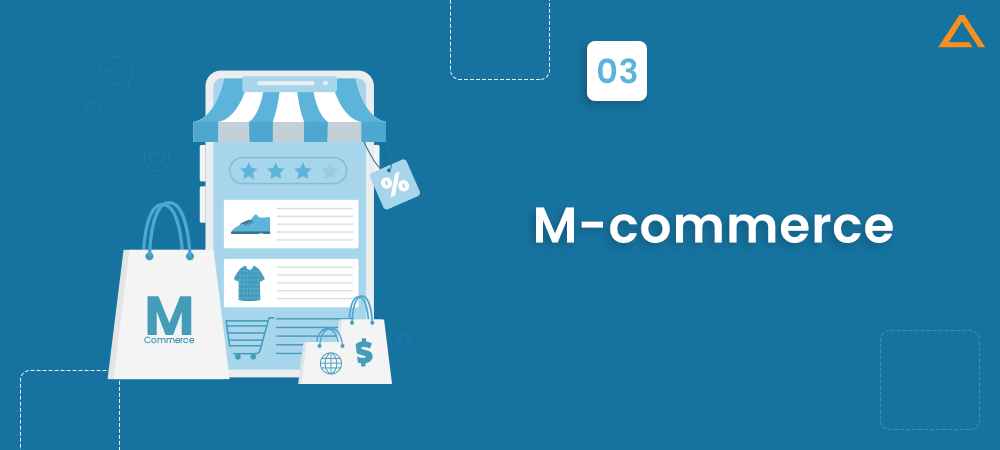
As a result, mobile e-commerce applications are preferred over their online counterparts. As a result, in the e-commerce industry, mobile commerce, often known as M-commerce, is gaining popularity.
Statista – in 2022, m-commerce has been taken up to 72.9% of global e-commerce sales.
Apps play an important part in a mobile application’s current and future success. 2025 is going to be a major year for mobile apps, so plan accordingly.
Future mobile app trends of M-commerce:
- One-click ordering
- Voice shopping
- Omnichannel shopping
4. Internet Of Things (IoT)
A network of interconnected objects that can collect the data over wireless data in real-time using embedded sensors is called the Internet of Things (IoT).

For example, Samsung, Bosch, Honeywell, Xiaomi, and a few other big brands already hold a big market share. A few of the latest IoT trends include Kisi Smart Lock, Nest Smart Home, Google Home, etc.
Statista – In 2021 the total installed base of IoT-connected devices worldwide is 13.8 billion units and is expected to jump to 30.9 billion units by 2025.
As a result, the need for IoT-enabled apps will rise in sync with the demand for IoT gadgets and systems.
Future mobile app trends of Internet of Things (IoT):
- Smart Homes & Cities
- Smart & Self-Driving Cars and other vehicles
- AI-powered IoT Devices
- IoT in healthcare
5. Chatbots development
Chatbots have been around for more than 50+ years. Over the years, chatbots have evolved and became more popular due to customer demand. According to Statista, the Google Play Store had 3.48 billion apps in the first quarter of 2021, making it the app store with the most available apps. There were around 2.22 million apps accessible in the. Apple Store. However, you’ll be surprised to learn that only a small percentage of them use chatbots. In 2025, it will change.
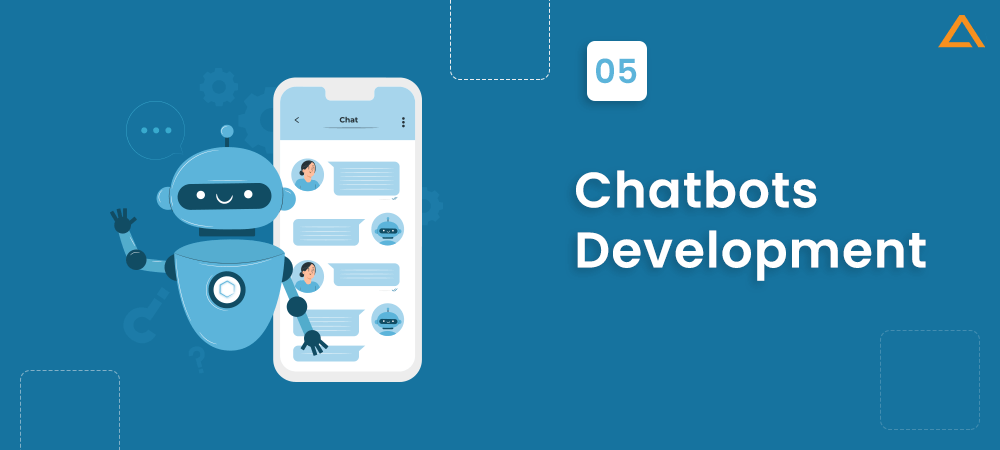
Nearly 50 years ago, the first chatbox was introduced. ELIZA was the name given to it. Eliza was designed as a parody of a Rogerian therapist. Chatbots were primarily utilized in the scientific field by the beginning of 2010. However, recent AI advancements have enabled the chatbot to take over as our personal assistants.
Chatbots assist business owners in lowering the per-hour cost of their support crew and server.
According to the report, the market will reach $19,570 million by 2027, up from $2568.3 million in 2019. This represents a 28.7% growth rate.
The most demanded chatbots are Digital assistants, Digital friends, therapist bots, foreign language tutors, legal & Medical Q&A bots, and bot writers. The most popular free chatbots of 2025 are Watson Assistant, Bold360, Rulai, & Live person.
6. AR & VR Development
AR & VR Technology has a great impact on app trends related to camera, video, and gaming. Tech giants are already innovating dozen of new use cases for both. For example, Google & Apple both have realized their AR demos named ARKit & Google ARcore. Today’s AR/VR apps successfully conquer the gaming and video areas. The benefits are beyond imagination like :
- Motion Tracking
- People Occlusion
- Environmental Understanding
- Light estimation
Tourism, healthcare, education, marketing, retail, and other industries have benefited from the augmented reality (AR) based app ideas, which have now been launched as fully functional smartphone apps. For example, users can interact with virtual reality in Facebook locations, and Instagram includes a collection of augmented reality filters. In addition, Oculus Go, HoloLens, and Magic Leap are additional gadgets that provide an interactive and immersive user experience.

Doctors can now do live surgeries from anywhere globally, thanks to the utilization of VR/AR software and gadgets in the healthcare profession. To rediscover realities, people can virtually transfer themselves to space, the deep oceans, other planets, and any other area of the unseen universe.
According to Statista, the worldwide market of AR and VR technology will rise from $27 billion in 2018 to about $209 billion in 2022.
Future mobile app trends of AR/VR :
- Simulations for virtual training
- Exploration exercises
- Music events and live performances
- Navigator to your destination
- Learning through the use of images
7. Cloud Integration
Mobile cloud apps are becoming increasingly popular because they take up little or no space on the user’s device. The responsiveness of cloud apps is well-known. Mobile cloud applications are similar to web-based apps in that they both run on external servers and use a mobile device to show content. In this digital age, with enterprises moving towards cloud infrastructure, it is suspected to grow more in the upcoming years.
According to Gartner, End-user spending on public cloud services is expected to increase by 23.1% to $332.3 billion in 2021, up from $270 billion in 2020.
The benefits that the cloud offers is as follows:
- Reduced costs in web hosting
- Improved Load capacity
- Streamlined Business Operations
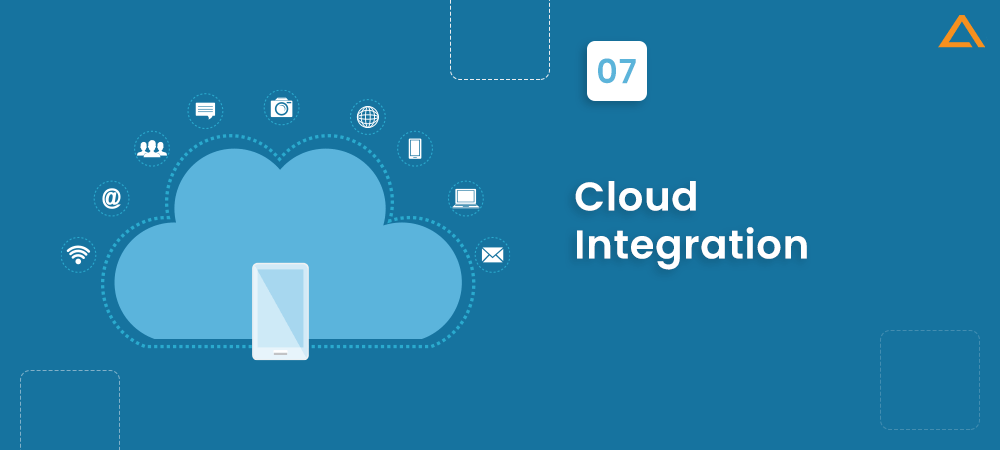
Many security concerns are now being addressed with the help of the cloud, making mobile app development more secure, fast, and dependable. Plus, thanks to cloud technologies like Dropbox, AWS, SlideRocket, and others, it’s now possible to create influential apps that operate directly on the cloud. This means we should expect more powerful apps in the future with minimum storage requirements.
Future mobile app trends of Cloud:
- Quantum computing
- Evolution of cloud services and solutions
- Hybrid cloud solutions
8. Wearables
Wearable Technology is progressively growing all around the world.
Smartwatches, smart jewelry, display devices (Google Glass), body sensors, and other products on the market. Wearables are great since they can be controlled via smartphone apps. However, thanks to the Internet of Things, they will control the gadgets from afar. As technology improves, we may expect wearable applications to become an increasingly important part of our daily life.
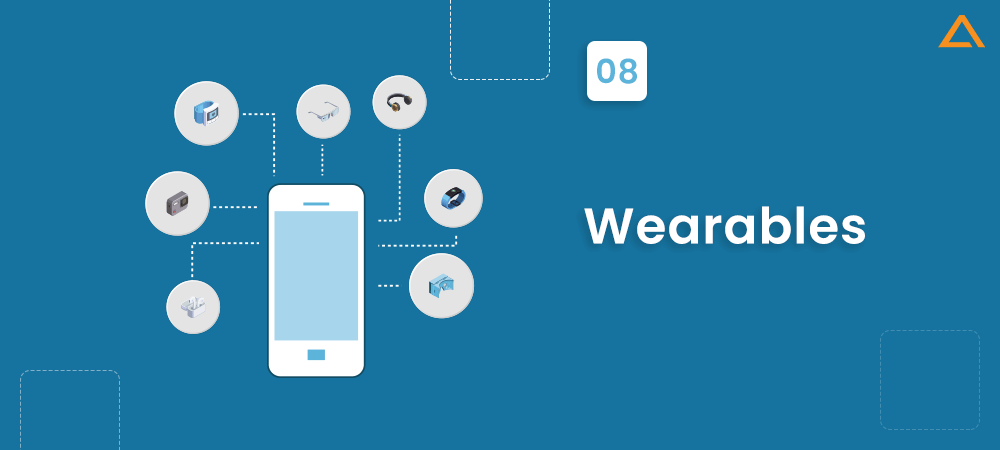
Recently announced Apple’s Watch OS upgrade during the WWDC conference. Apple Watch apps will have their own App Store, eliminating the need for a companion iOS app. This points to the rise of wearable technology, which is projected to become one of the most important mobile app development trends in the next years in 2025.
Future mobile app trends of Wearables:
- Virtual assistant in contact lenses
- Virtual keyboards through nail polish or contact lenses
9. Progressive Web App Development
Progressive Web Apps (PWAs) are web applications that provide the most comprehensive mobile app experience. Unlike mobile apps, though, these don’t need to be downloaded from app stores or take up a lot of physical storage space on a device. Instead, progressive web apps can be launched straight from the browser, and once installed on the home screen, and you can use them without needing an online connection.
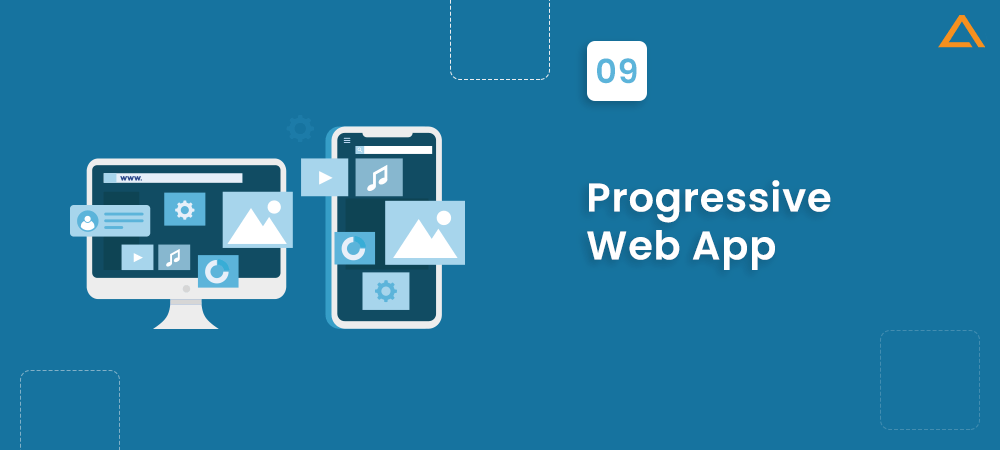
PWAs have the advantage of being able to function on low-bandwidth networks and work seamlessly on low-configuration mobile devices. As a result, several industry leaders, including Alibaba and Flipkart, have successfully integrated PWAs into their website platforms and reaped major benefits.
According to Smashing Ideas, companies that migrate to PWA see a 20% to 250% boost in conversion rates, a substantial difference that generally correlates to increased enterprise income.
- Lancome– which registered 53% more mobile sessions;
- MakeMyTrip– 160% more mobile sessions;
- Twitter– 25% more pages per session;
- Trivago– 150% more repeat visits;
- OLX– 250% more repeat visits;
When installed using PWA, an app generally takes up over 200MB of space on smartphones, but it just takes up 50KB. However, even with these low specifications, it performs flawlessly.
According to Statista, 24% of companies plan to invest in PWA, whereas 11% already have PWA, and 29% of companies didn’t plan to invest in PWA.
10. Beacon Technology
Many sectors adopt beacon technology because it allows enhanced functionality to be added to practically any mobile app.
![]()
Beacon Technology has gone a long way since its introduction by Apple in 2013, and it is projected to continue to grow worldwide.
According to Research Drive, the global beacon market will generate $45,213.7 million in revenue by 2026, with a CGAR of 7.45 percent between 2018 and 2026.
Let’s take an example of how a beacon works.
Assume you’re a retailer-facing mobile app reseller. Your customers can put beacons in their stores that communicate with a user’s smartphone through Bluetooth if the app is installed. A user can be promptly notified about a sale or special on products in that store when they pass by a beacon.
In retailers, beacons can be used to track customer behaviour. For example, they can tell if a user spends a lot of time in one aisle over another. The software can send a push notification to encourage the sale of such products at a later time. Proximity marketing is the primary advantage of beacon technology. In the end, it enhances the client experience within a mobile application.
According to Statista, the global beacon market is rapidly increasing with a 59.8% growth rate. The estimated market value will reach $56.6 billion.
Future mobile app trends Applications of Beacon
- Beacon in Healthcare
- A beacon in Travels and Tourism
- Beacon powered mobile payment
- A beacon in physical games (clue games, treasure hunt, etc.)
11. Blockchain
In the form of smart contracts and cryptocurrencies, blockchain has given us a sneak glimpse into its possibilities. But that’s only the tip of the iceberg; blockchain development can provide comprehensive protection for all sensitive data and information. The interchange of data, document sharing, and gadget transactions are all untraceable.

Blockchain has the potential to be the ideal answer for all types of cybercrime. However, Bitcoin is only the tip of the iceberg when it comes to cryptocurrency, as Ethereum has demonstrated the actual potential of Blockchain technology.
It is feasible to construct decentralized apps using blockchain technology that does not require mediators to manage the pool of information because suppliers and users are directly connected, leaving no opportunity for data infiltration.
Trading, finance, healthcare, games, and media all use the decentralized app. In 2025, Blockchain Technology will broaden the breadth of decentralized apps and the opportunities available to app creators.
Future mobile app trends of Blockchain Technology:
- In Anti-Piracy
- Securing public elections
- Transparent betting
- Robotics
- Blockchain as a Service (BaaS)
12. 5G Technology
We are currently at the transition point between 4G and 5G.
According to statics, the global 5G Services Market size is expected to grow from $53.0 billion in 2020 to $ 249.2 billion by 2026, at a Compound Annual Growth Rate (CAGR) of 29.4% during the forecast period.
In addition, apple included provisions for 5G adoption in their most recent iPhone12 release, indicating that it is one of the most anticipated mobile app development developments. In comparison to 4G, 5G offers higher speeds, lower latency, and more stability, which attracts development firms.
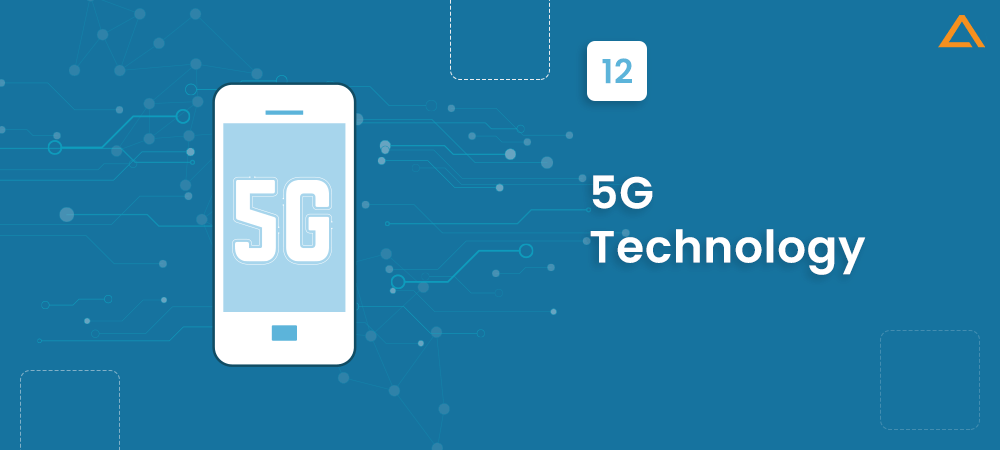
This fast speed has the potential to revolutionize programs related to video streaming, handling VR&AR 3D objects, and connecting to IoT devices.
Future mobile app trends Applications of 5G
- Wireless healthcare services
- Cloud computing
- Driverless vehicle technology
13. Touchless Experience
Since the introduction of ignorable buttons, mobile usage and user experience have altered dramatically. We’re used to handing gestures on the touch screen (like a tap, double-tap, push, pinch, rotate, etc.) and shaking and tilting as a means of interaction between a smartphone and its user. As new application patterns arise, there will soon be no need to touch the screen.

Modern Smart devices are powered by radar-based motion control technology. For example, on Google Pixel 4, more advanced motion sensor technology is called “Soli.” Users can turn on Motion Sensor Mode and pick up or decline calls, snooze the alarm, switch to Do Not Disturb (DND)mode, and much more just by waving to Soli.
14.Hyper-Personalization
The idea of “one-size-fits-all” will be worthless in 2025. Instead, users are more likely to choose companies that provide a personalized experience. According to the study, 80% of customers are more willing to do business with a company that provides unique customization. The response has been substantially greater for 66 percent of organizations that are in the process of offering customization.

Take Youtube as an example: after viewing a few videos of your choice, the app will assess the user’s previous activity and preferences to tailor the delivered content and overall experience. With the quick advancement of AI, the next item you’ll see will be something you’ll enjoy.
15. Mobile Wallets
Because of their convenience, mobile wallets are swiftly becoming one of the most popular payment methods. When handling transactions, we no longer need to carry currency or enter account information.
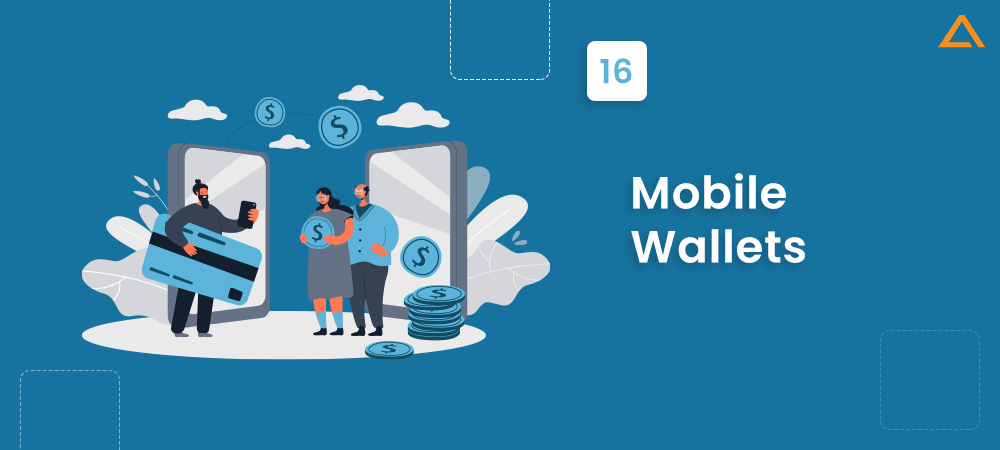
Linking your Payment Gateway to mobile wallets will speed up and simplify the procedure. The value is expected to reach $13,979 billion by 2022, according to the research.
Mobile wallets are being used by IT giants such as Google, Apple, and Samsung to provide their users with a secure and easy payment solution.
Future mobile app trends for Mobile Wallet :
- Audio-based mobile wallets
- Near-field communication (NFC) based payments
- Radio-frequency identification payments
have a unique app Idea?
Hire Certified Developers To Build Robust Feature, Rich App And Websites.
16. Digital Wellbeing
Digital well-being is a brand-new technique to pique people’s interests and earn their trust. It’s no longer about occupying all of the user’s free time. Instead, it’s about allowing him to make the most of his time.
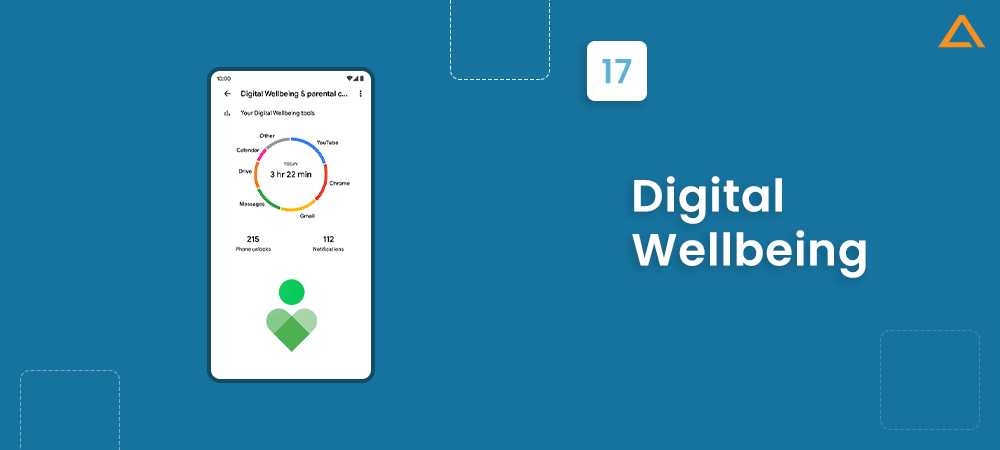
The industry’s key players have turned their heads towards helping users set boundaries between digital and real-world, focusing on important tasks instead of spending endless time on mobile apps to achieve their desired goals and improve their lives in general.
We all open Instagram to take a brief peek at our memories, but we wind up spending hours on it with no clear goal. Digital Wellbeing started with Google Pixel’s, where they were the first to try conventional functionality for digital well-being. Later, Android Q OS also got digital well-being integration.
With the launch of iOS 12, Apple also got the opportunity to add digital well-being with features like Screen-time Dashboard, App Limit, Downtime, etc. are available.
Future mobile app trends of Digital Wellbeing
- Digital Wellbeing for Social Media
- Digital Wellbeing for Messenger
- Digital Wellbeing for Gaming.
Final Thoughts
The market for mobile app development trends is constantly shifting. You won’t succeed in this highly competitive market if you build apps based on market trends from a few years ago. Suppose you’re a professional looking to modify or restructure the app. It would be best to use these mobile app trends 2025 as a reference point; these recent trends will assist you in surviving. While developing a mobile application, it is not necessary to use every trend on this list. However, this will give you a general idea of which way the market is changing, so you can tweak it accordingly.
Also Check:
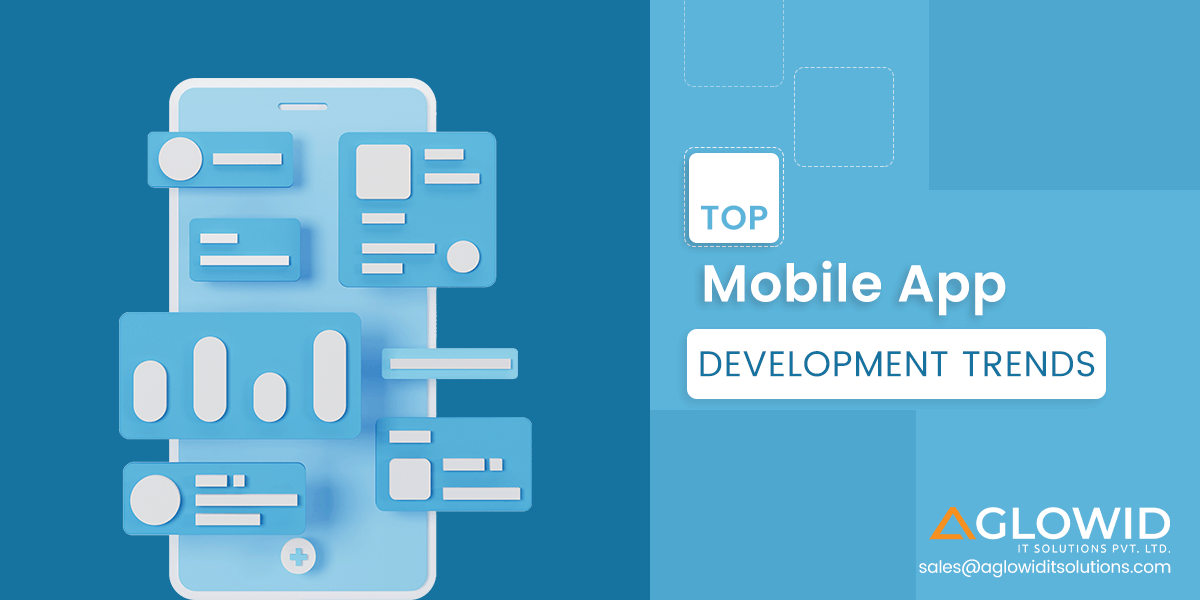


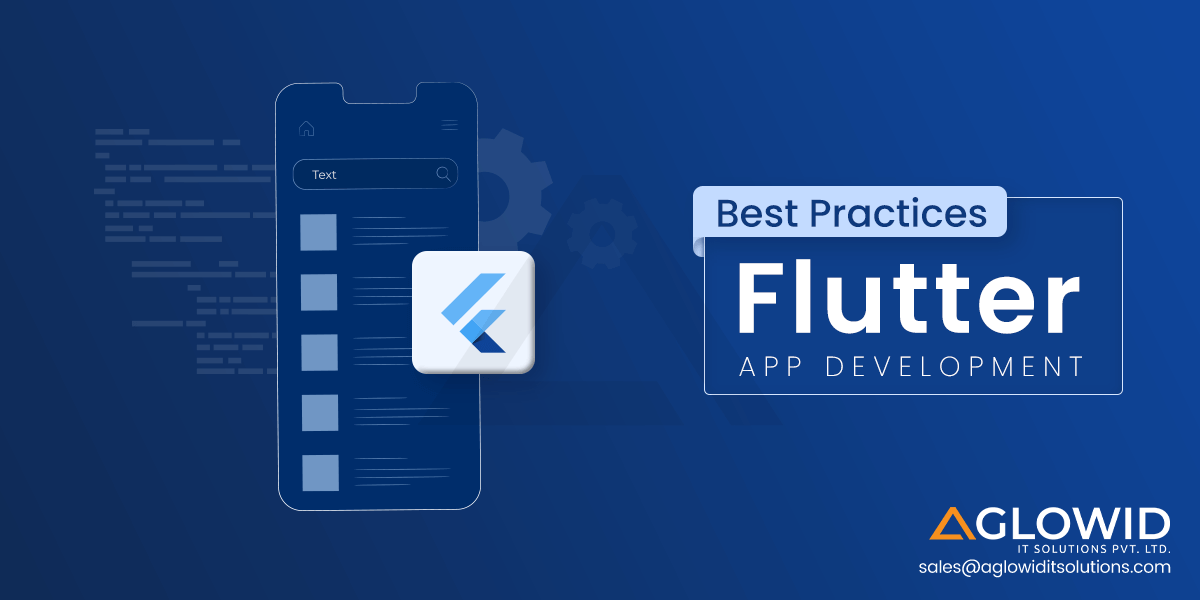


 Say
Say